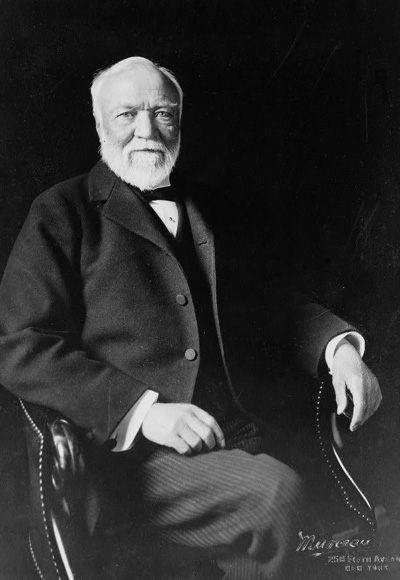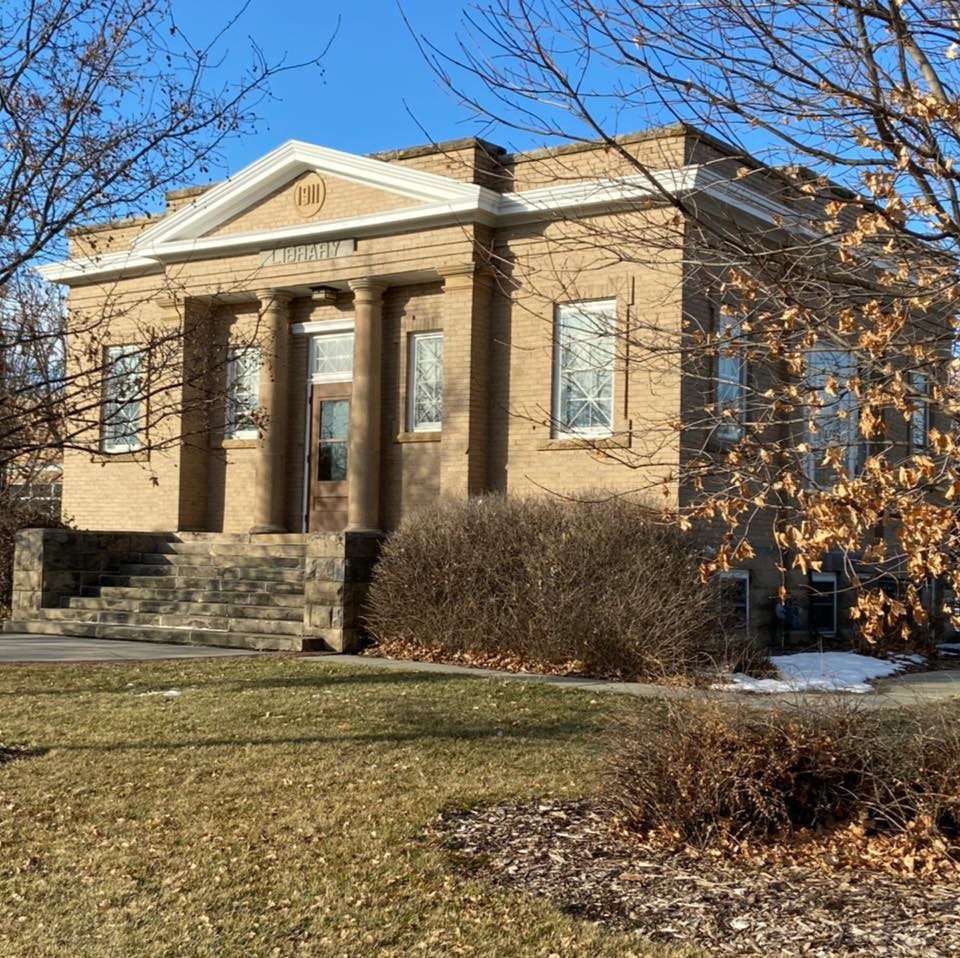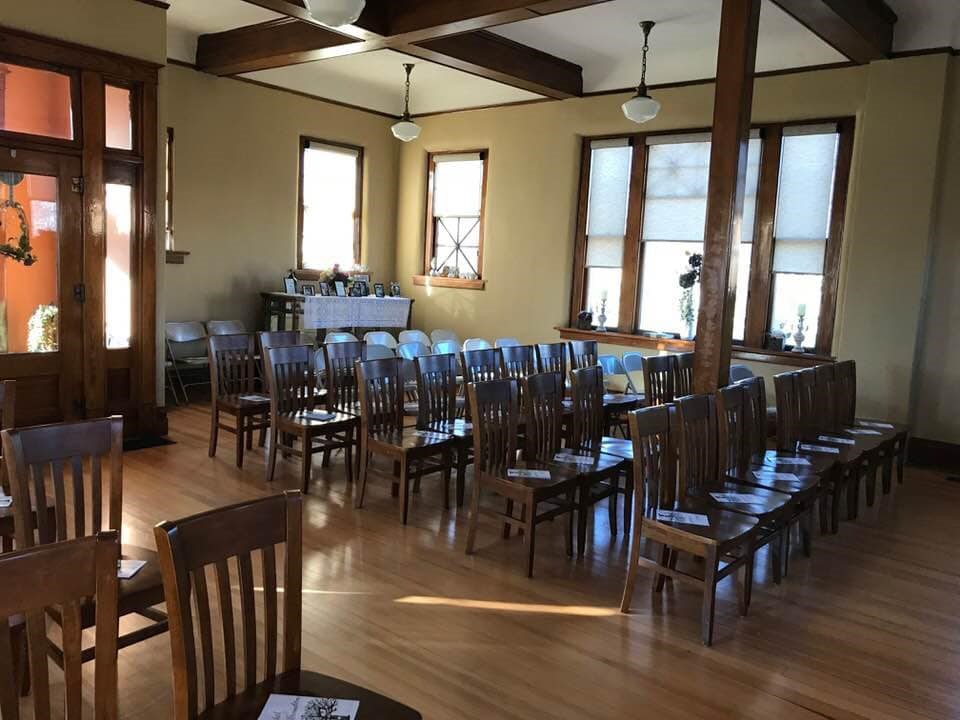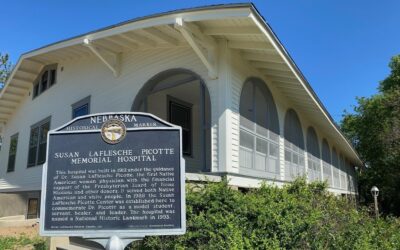Wragge’s advice for the 57 remaining Carnegie Libraries in Nebraska is to keep them, “There will never be another building like it and when it is gone, it’s gone.” When a building has been around forever when it’s something we’ve walked by a million times and it’s a seemingly unremarkable part of our lives, it can be easy to lose sight of its greater significance. Just over 100 years ago, communities from all across Nebraska believed in a future where people from all walks of life would have the opportunity to better themselves through free access to books. We can see that those dreams are still alive in the grassroots efforts to find new ways for old Carnegie buildings to serve their people.

Andrew Carnegie
It’s hard to imagine a world without free access to the unlimited knowledge offered by public libraries. But at the beginning of the twentieth century, this was not the reality but rather an audacious dream of the steel tycoon turned philanthropist, Andrew Carnegie. Before Carnegie started his grant program to build libraries all across the United States, easy access to books was largely restricted to those with enough money for a private collection or access to subscription services. People in different towns from all across Nebraska saw free access to books as an opportunity to make a lasting impact in their communities, so they set to work applying for grants to build Carnegie libraries. Of the 1,689 public libraries in the United States, 69 were in Nebraska. Towns who applied were responsible for providing the land, purchasing all of the books, and providing salaries for librarians. Women, especially ladies’ clubs, were oftentimes the driving force behind raising the necessary funds to match Carnegie’s grant. They found creative ways to raise money through events like box socials (box lunches would be auctioned off) that would bring the whole community together.
History Nebraska has been working hard to list as many of these Carnegies on the National Register of Historic Places. Today these buildings are not always suitable for continued use as libraries, but that does not mean that these treasures should be torn down. As we have traveled the state to see old Carnegies, we have been impressed by the creative new uses that communities have found for these buildings. It was a community-effort this construct these buildings and it oftentimes takes a community-effort to save them.

Present-day Pierce Carnegie Library
For Todd Wragge, finding a new life for the Pierce Carnegie Library has been an 18-year endeavor. The building was slated for demolition but Wragge along with a group of concerned community-members intervened to stop the wrecking ball. The library was carefully moved (Wragge recalls that volunteers painstakingly moved the foundation stone by stone) and for several years he and the other members of the Pierce County Foundation struggled with what to do with the old building. They knew that they wanted it to continue to serve the community, but were not sure how. The idea to convert the space into an event venue struck after the Foundation members had enjoyed a lovely candlelit evening in the library drinking wine and eating appetizers.

The Pierce Carnegie Library at its original location, circa 1920-1930
After years of fundraising, applying for grants, and careful rehabilitation, the old Pierce Carnegie Library has been transformed into the Carnegie Event Center. Wragge describes the Center as an inviting space—its open design and delightful historic features, like the original windows and bookshelves, are perfect for intimate gatherings of all kinds. So far the venue has hosted a wedding several graduation parties, and a high school reunion. Local Boy and Girl Scout Troops are able to utilize the space for free. Wragge says that it was his dream to see future generations enjoy the building: “I rehabilitate old places for the next generation. Every old place that I have ever worked on, I view myself as its caretaker.”

The Carnegie Event Center is all set-up to host a wedding



